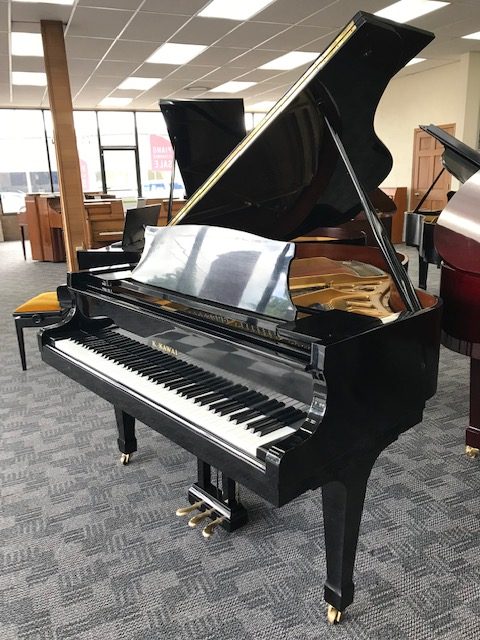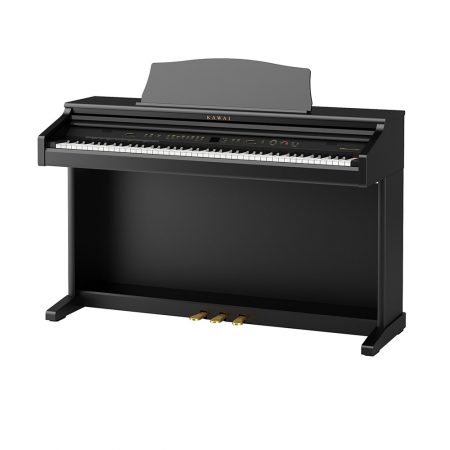
Acoustic vs. Digital Pianos
CONSIDERING AN “ELECTRIC” PIANO
With the increased production of electronic style of keyboard, people have become increasingly interested in how the electric – now known as “Digital” – piano might fit into their life. Which instrument has better sound? – greater durability? – does digital allow for the same playing style as the acoustic? – which is the better fit for my musical goals?
HOW TO CREATE ACOUSTIC MUSICAL REALITY IN A DIGITAL FORMAT
The development and construction of a great digital piano actually starts with companies who know how to build great acoustic piano! The designer must first understand what it takes to make a high quality instrument. Acoustic pianos are amazingly complex pieces of technical and artistic construction. There are over 12,000 individual parts in an acoustic piano that must be capable of communicating the most intimate musical expressions the heart and hands of the player with expressiveness, precision and subtlety.
The action of an acoustic piano is composed of black and white keys, graded hammers, and many other components that work together when each note is pressed. This mechanism allows pianists to express a wealth of feeling and emotion in their music as they create and transmit their musical ideas through the keyboard. Translating the piano action’s intricate movements to a digital instrument, while retaining these acoustic-like subtleties is a stunning achievement – one which has drawn upon over 90 years of experience in crafting the world’s finest pianos.
INNOVATIVE TECHNOLOGY
Creating this same or similar experience in and electronic/digital form requires some creative magic! The best quality digital pianos now have wooden-key action, Harmonic Imaging sound technology, USB and Bluetooth® digital audio, digital piano weighted keys, and Soundboard Speaker Systems. In addition, most have the capability to produce sounds beyond the basic piano, allowing the musician to create music and sounds not available to them with an acoustic. There are even sound play-back and recording functions that can provide opportunities for layering effects to music. Finally, if you want to play some music into the wee hours of the morning but don’t want to wake of the rest of your household or neighborhood, you can plug in headphones and enjoy your playing as raucously as you like without disturbing another soul.
Digital Pianos also have a smaller “footprint” – taking up far less space than the smallest acoustic pianos. This can be a great benefit for apartment dwellers for whom space is a precious commodity! In addition, they are generally lighter in weight in weight than an acoustic, and can be moved – perhaps not easily – but with far less muscle than the acoustic.
ARE THEY THE SAME?
The simple answer to this question is “no”. As much as builders work their magic, a digital may mirror but never replace the experience of an acoustic piano. As much as acoustic pianos may be built with care and quality components, they will never have include a lightness of size and weight and varieties of sound that a digital piano can provide. The answer to those who are curious which will work best in their lives is to (a) ask themselves what their musical goals are and then (b) go to their local music store and try them both side by side! Take advantage of the professionals and ask as many questions as you can think of! Enjoy your experience and find the instrument!

